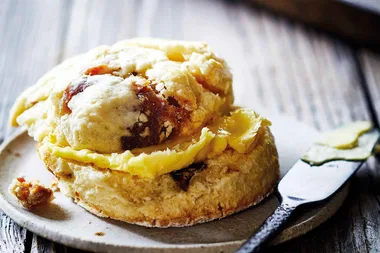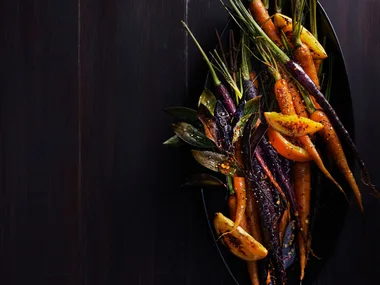In his book, Champagne, A Secret History, vineyard owner, writer and wine extraordinaire Robert Walters who has worked in the fine wine trade for over thirty years debunks common champagne myths and takes his readers on a journey through France’s Champagne region and the history of the world’s most lauded wine style. We have asked the author to share some of the most common champagne untruths with us so you know what not to do next time you open a bottle of bubbly.
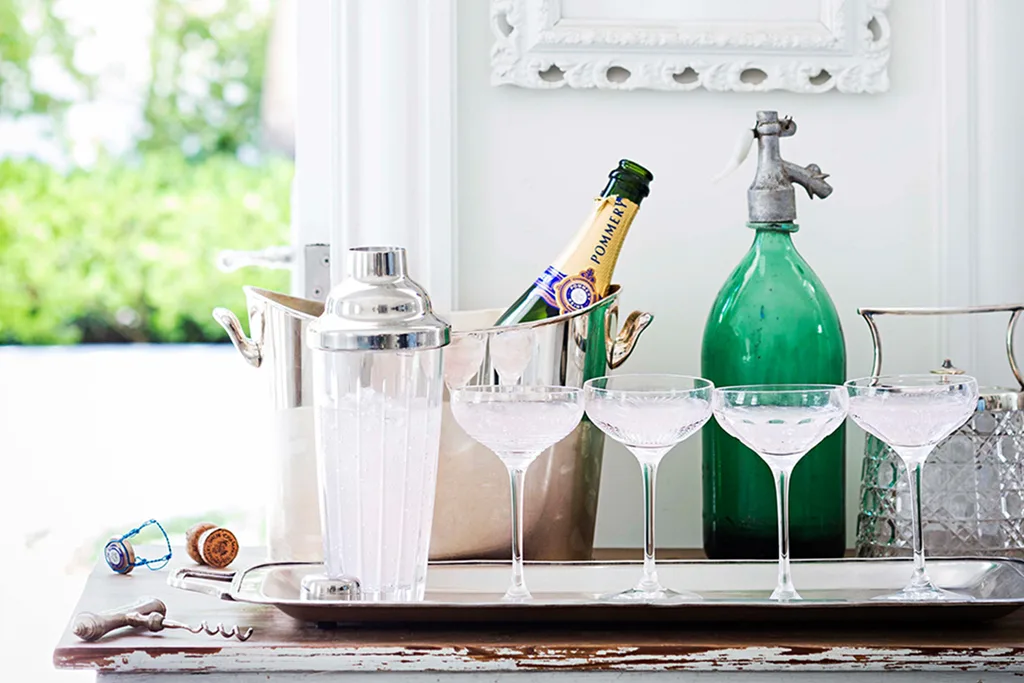
MYTH ONE: The largest producers and the most famous brands make the best wines of the region
TRUTH: They don’t. But they do spend the most on advertising. In French wine culture, it is nearly always the finest growers (those who control their own vineyards) that make the most exciting wines. Today this is no different in Champagne. Being small and controlling your own vineyards is no guarantee of quality, but it is an advantage if you are seeking to produce the highest quality.
MYTH TWO: Champagne tastes best served in a flute
TRUTH: Wrong! Flutes radically limit your ability to smell and taste the wine because of their shape. Champagne is a wine! It should be treated as such and ideally served in wine glasses (tulip shaped or larger) and at a temperature that allows you to appreciate the full range of aromas and flavours.
MYTH THREE: Bubbles in a glass of Champagne form via imperfections on the surface of the glass
TRUTH: This has been conclusively disproven by scientists in France using very precise cameras with microscopic lenses. We now know that bubbles actually form via tiny, minuscule, tube-shaped dust particles that have attached themselves to the surface of the glass.
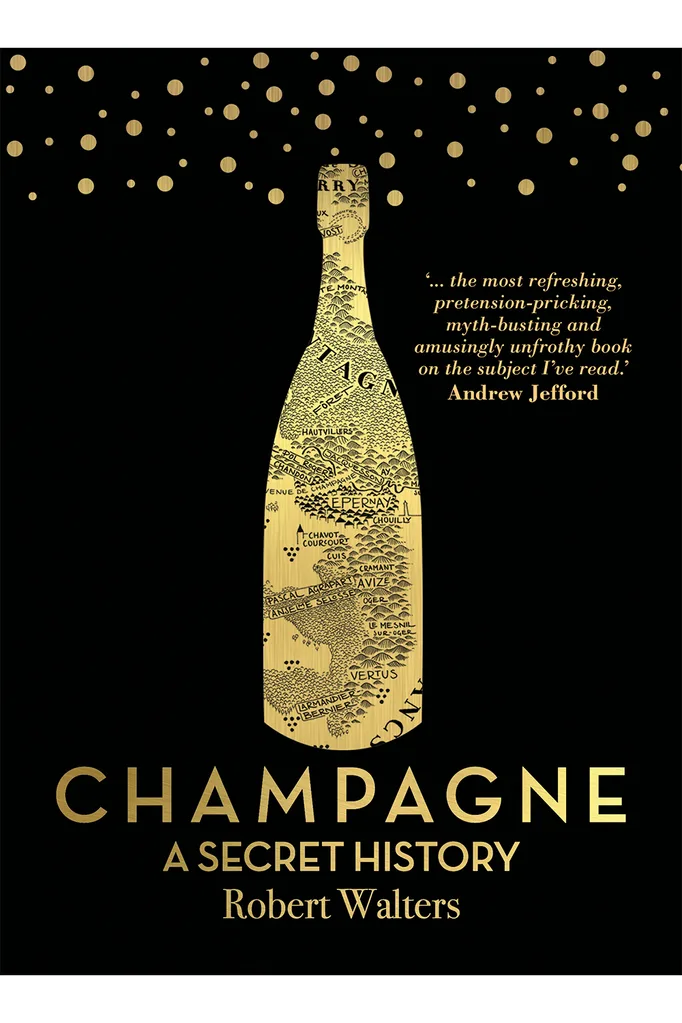
MYTH FOUR: The bigger the bubbles, the better
TRUTH: In fact, bubble size has nothing at all to do with the quality of the champagne in your glass. Quality is related to the wine itself, and bubbles are a secondary, technological element, simply the by-product of the secondary fermentation in the bottle. The size of the bubbles in your glass simply reflects the gas pressure in the champagne and this can be easily manipulated by the producer, dialling the bubble size up or down. By the way, if you ever find that you’d like your bead, or bubbles, in a glass of champagne to be smaller, simply pour your glass and wait a few minutes. As the gas pressure lowers, the bubbles will become finer and finer. You could equally pour the wine into a decanter, a practice that we are seeing more and more in quality restaurants and wine bars.
MYTH FIVE: Champagne should be served ice cold
TRUTH: Cold, yes, but hold the ice bucket. Of course, you should serve a champagne at whatever temperature suits you, but if you want to fully appreciate a quality wine, then temperature becomes important. Serving a quality champagne too cold mutes both the flavour and aroma, so, if you can hardly taste the champagne, it’s a sign you’re serving it too cold and that it’s time to pull a bottle out of the fridge. Allowing the bottle to stand at room temperature for a while will allow the wine in your glass to sing!
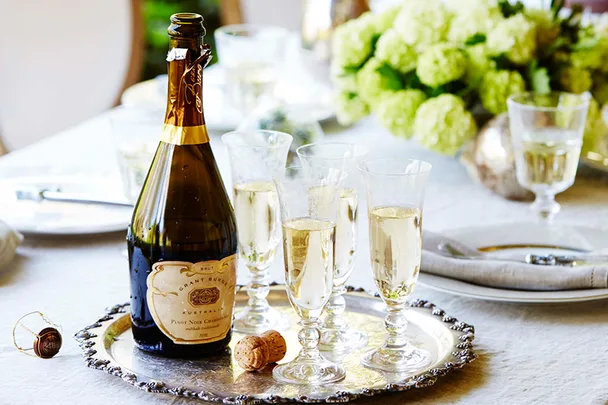 Cath Muscat
Cath Muscat






